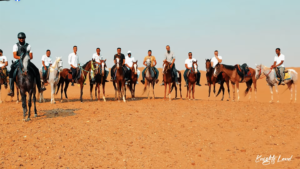
معسكر أرض الفرسان والمحاربين
ARD ALFORSAN (Knights land) CAMP في يوم واحد فقط، لمدة 6 ساعات، ستحقق أهم إنجاز في حياتك في أرض الفرسان، أنت لست وحدك! هل تبحث
بدأت القصة في عام ٢٠٠٤ عندما انطلقت في استكشاف عالم فنون الدفاع عن النفس. كنت ابحث عن نظام قتالي فريد يتناسب مع احتياجاتي، يعتمد على البراعة بدلاً من القوة والتدريبات المكثفة، ويكون فعّالًا وسهلًا للدفاع عن النفس والنجاه في المواقف الخطرة, فلم اكن اريد المشاركه في البطولات التنافسيه والاستعراضية. بعد ممارسة الكاراتيه والكونغ فو، وجدت أن الإيكيدو كان الخيار الذي أثار اهتمامي بنظامه المبتكر في القتال.


محمد يسري الفايز هو مؤسس نظام AIKI-CHUN، بخبرة تمتد لمدة 20 عامًا في فنون القتال. قام بتدريب أكثر من 25 مدربًا سواء داخل مصر أو خارجها. شارك في بطولات وطنية للأداء وحقق ميداليات ذهبية. لديه الرتب التالية:
فن / رياضة ال ⭐ AIKICHUN ⭐
هو بالفعل اسلوب قتالي تيكتيكي تم تدريبه لقوات مكافحه الجريمه في الصين وقوات للشرطه للتأهيل السريع والقدره علي تنفيذ عمليات القبض والاعتقال بدون استخدام القوة المفرطه
لسهولته وعدم اعتماده علي القوه العضليه
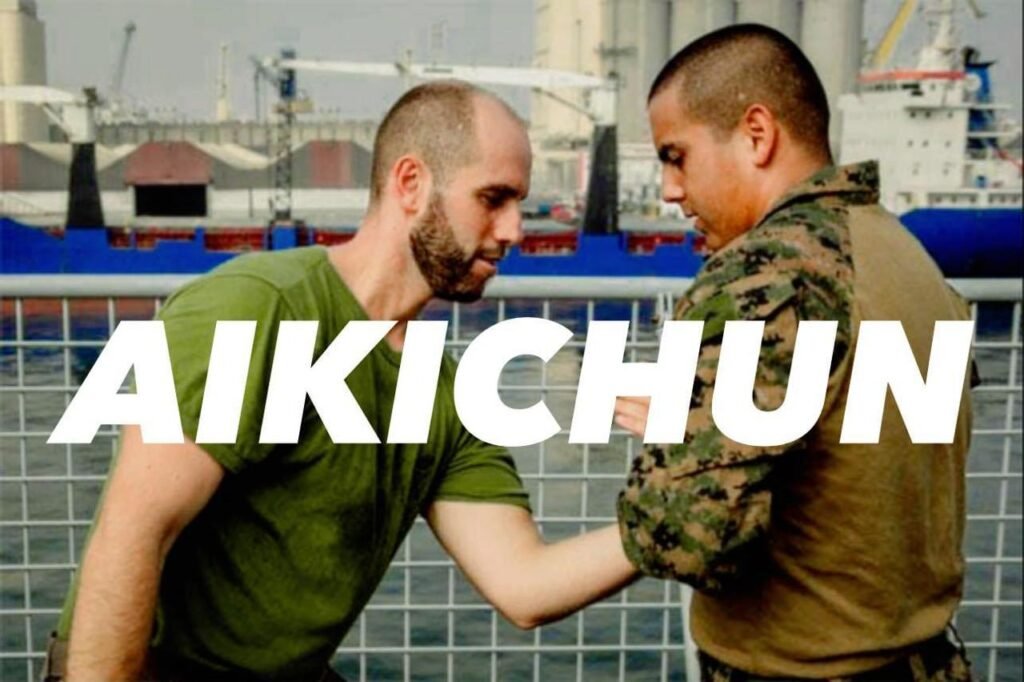

ARD ALFORSAN (Knights land) CAMP في يوم واحد فقط، لمدة 6 ساعات، ستحقق أهم إنجاز في حياتك في أرض الفرسان، أنت لست وحدك! هل تبحث
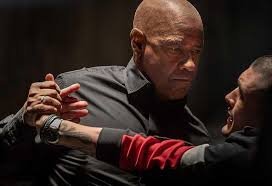
في عالم السينما، تمثل مشاهد الأكشن القتالية عنصرًا محوريًا يجذب انتباه الجمهور ويبرز قوة العمل الفني. محمد الفايز، مؤسس نظام Aikichun القتالي، يطمح إلى إحداث
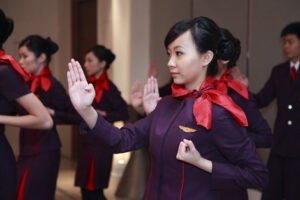
أهمية تدريب طاقم الطائرة على فنون الدفاع عن النفس ومهارات القبض والاعتقال في عالم الطيران، يواجه طاقم الطائرة مجموعة متنوعة من المخاطر المحتملة التي تتطلب

الشروط والأحكام للمشتركين قبل الدفع والاشتراك قبل دفع الاشتراك، نود أن نوضح لكم بعض النقاط الهامة لضمان سير التدريب بانتظام ولتفادي أي مشكلات واجهتنا في

لكل الأبطال اللي ساكنين بعيد والمحافظات ونفسهم ينضموا لفريق التدريب، جهزنالكم برنامج تدريبي خاص يجمع بين التدريب الفعلي والأونلاين. الأونلاين لوحده مش هيكفي، ولازم يكون في تدريب فعلي علشان نطلع أبطال حقيقيين.
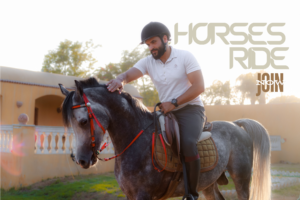
في أرض الفرسان، أنت لست وحدك! هل تبحث عن مكان يجمعك بإخوانك من الفرسان الذين يشاركونك شغف الفروسية والخيل والفنون الحربية والدفاع عن النفس؟ أرض
هنا بيجي الاجابه الي بتزعل الكل عل حسب امكانياتك وسرعه تعلمك خليني اقولك انواع الاعيبه من وجه نظري ولو انت عرفت انت اني واحد هقولك هتاخد وقت قد ايه ؟
اولا الملتزم الناجح :ده نوع من المتدربين في شهر واحد بيكون مبهر وبيشتغل علي نفسه بيتعلم ويحاول يراجع في البيت ويجي كل حصه حافظ وشبه متقن القديم وبيستحمل الجديد
وفيه الراسي العاقل : ماشي علي مهله مش مستعجل صبور هادي مركز متعرفش هو شاطر ولا عادي ولا ايه بس بيفاجئك بالنتائج فجأه
وفي المقتنع بنفسه :ده واحد اخره وقت التدريب بس وكل مره نفكره هو خد ايه المره الي فاتت وهو فاكر نفسه فاكر ومقتنع بنفسه ونتعرف عليه ويتعرف علينا من جديد بيبقي ناسينا اصلا ، الحياه صعبه برضو
وفي الفلاتي : واحد بقي بيجي يشتغل نص التدريب وبقيه التدريب بيهرب من المدرب وعايز يأنتخ ولما بيتمسك بيتنفخ ضغط
وفي المتسرع : واحد مستعجل جدا لسه بيتعلم الاساسيات وبيبص علي الي اقدم منه وكل شويه يجي يقول عايز اعمل زيهم انا اقدر سهل اوي اقوله اصبر لسه وهو مصمم اقوله جرب يلاقي نفسه بطيخه يرجع مكانه ويجز علي سنانه طب مكان من الاول
وفي المتحمس :ده بيجي يقول انا هسمع الكلام وهلتزم وادور عليه اختفي ودفع الاشتراك كمان ومجاش اصلا ويجي بعد شهر يبدأ من جديد وده بيكون مشكلته انه مش بيخطط لوقته صح بس نفسه
وفي الحالم : ده بيحقق اهدافه بمجرد انه يكلمنا في التليفون او يجي يشترك خلاص كده حقق هدفه حتي لو متعلمش حاجه
وفي المشغول بجد : يعني مثلا عندنا دكتور واحد متخصص في اصعب انواع العمليات الجراحيه الي لازم يكون عند المصاب خلال ساعات ده واحد وقته بيحدد مصير ناس ومستقبلهم واحد زي ده لما بيختفي عن التمرين بيتم معاه كل الاستثننائات وفي نفس الوقت مقدرين جدا ولما بيجي بيكون مركز وملتزم وغيره من رجال الشرطه الي بيكون عندهم مؤموريات مفاجئه، غير كده الباقي بيدلع
الفكاهي : جاي علشان اللمه الحلوه وصحبه الرجاله ويتمني لو في غير الرجاله ومعندوش مانع لو بدل ما نتجمع للتدريب نروح نلعب بلاي ستيشن حد كده جميل وكل حاجه ويتحب بس بيقضيها عقاب كل تمرينه وفي الي بيستحمل وفي الي بيخلع
المتوازن : ده بقي احلي واحد بيجمع كل الصفات الحلوه وبيتجنب كل الوحش والغلطه الي بيغلطها مره مبتتكررش منه تاني اللهم اكثر منهم . احنا بحبك
يعتمد التدريب على ثلاثة عناصر مهمة يحتاج جسمك إلى إعادة برمجتها: بناء الذاكرة العضلية، والتحكم في الأدرينالين، والتكيف مع التغييرات. مراحل التدريب تشمل:
التفكير المنطقي في الحركة والتعامل مع أي شيء متحرك.
فهم الاستراتيجيات وعلم النفس العسكري وعلم النفس القتالي.
التدريب على تنسيق حركات الساق والذراع ومزامنتها.
التدريب على تقنيات الضرب باليد والقدم وبناء الذاكرة العضلية.
التدريب على الاعتراض والسيطرة والرمي والسيطرة.
التعامل مع الأسلحة الحادة وأدوات القتال.
التدريب على القتال البري.
الأيكي تشن هو منهج و نظام قتالي تكتيكي عسكري أنشأه محمد الفايز تم تدريبه لقوات مكافحه الجريمة في الصين يعتمد علي دمج الفنون القتاليه المتلاحمه من المسافه صفر والتي تعتمد علي مبدأ استخدام مجهود اقل لأحداث تأثير اكبر مثل ( الايكيدو – الونج تشن – الجيجتسو- وبعض الفنون الاخري )
رقم الهاتف: 01091817798
البريد الالكتروني : info@Aikichun.com
العنوان:
فرع ٦ اكتوبر الحي الاول داخل معهد الحصري
فرع شيراتون المطار شارع البحر نادي النادي
فرع التجمع داخل club 7 شارع التسعين الشمالي
فرع وسط البلد ميدان التحرير داخل GREEK CAUMPS
رقم الهاتف: 01091817798
البريد الالكتروني : info@Aikichun.com
العنوان:
فرع ٦ اكتوبر الحي الاول داخل معهد الحصري
فرع شيراتون المطار شارع البحر نادي النادي
فرع التجمع داخل club 7 شارع التسعين الشمالي
فرع وسط البلد ميدان التحرير داخل GREEK CAUMPS
جميع الحقوق محفوظة